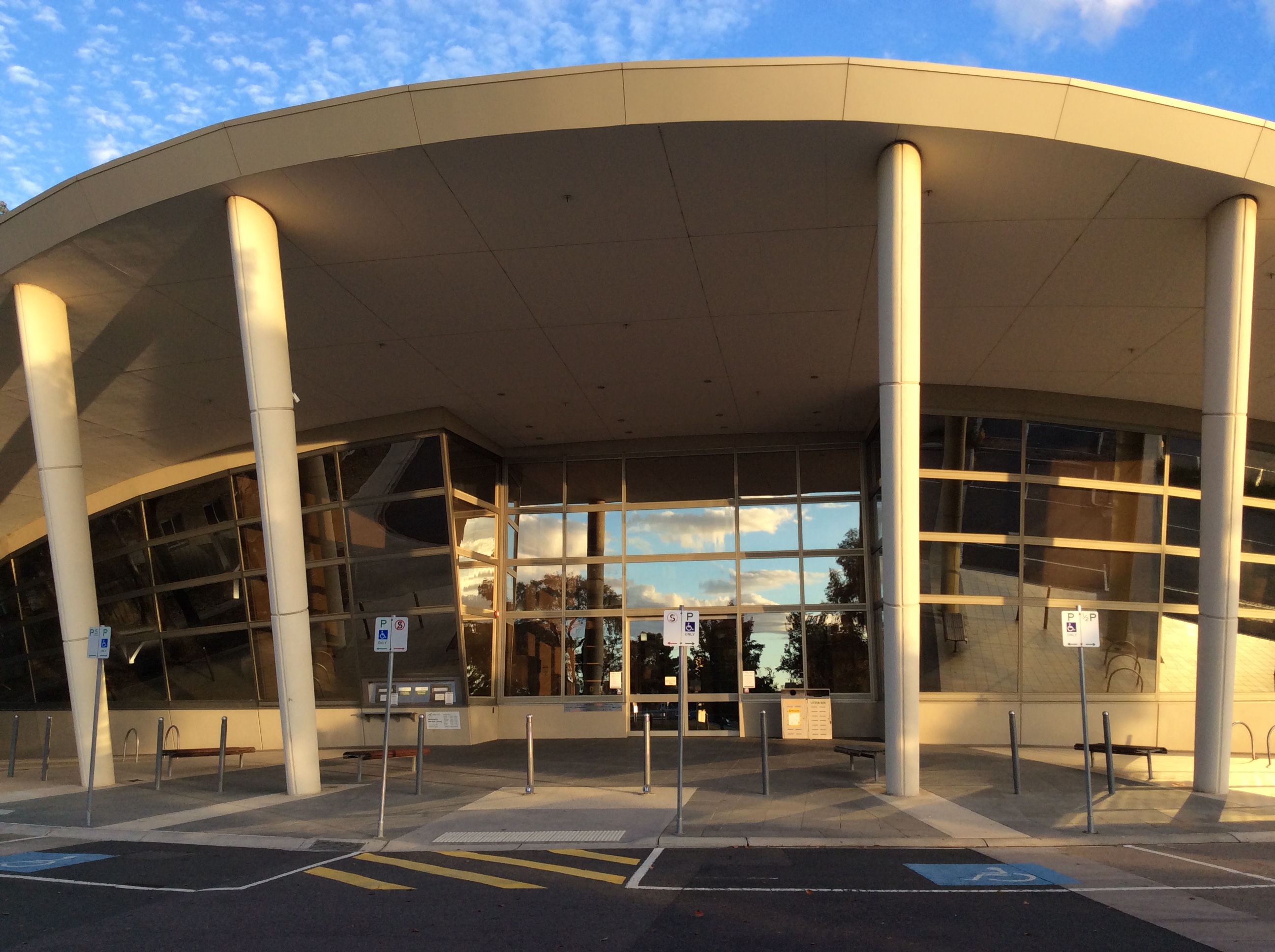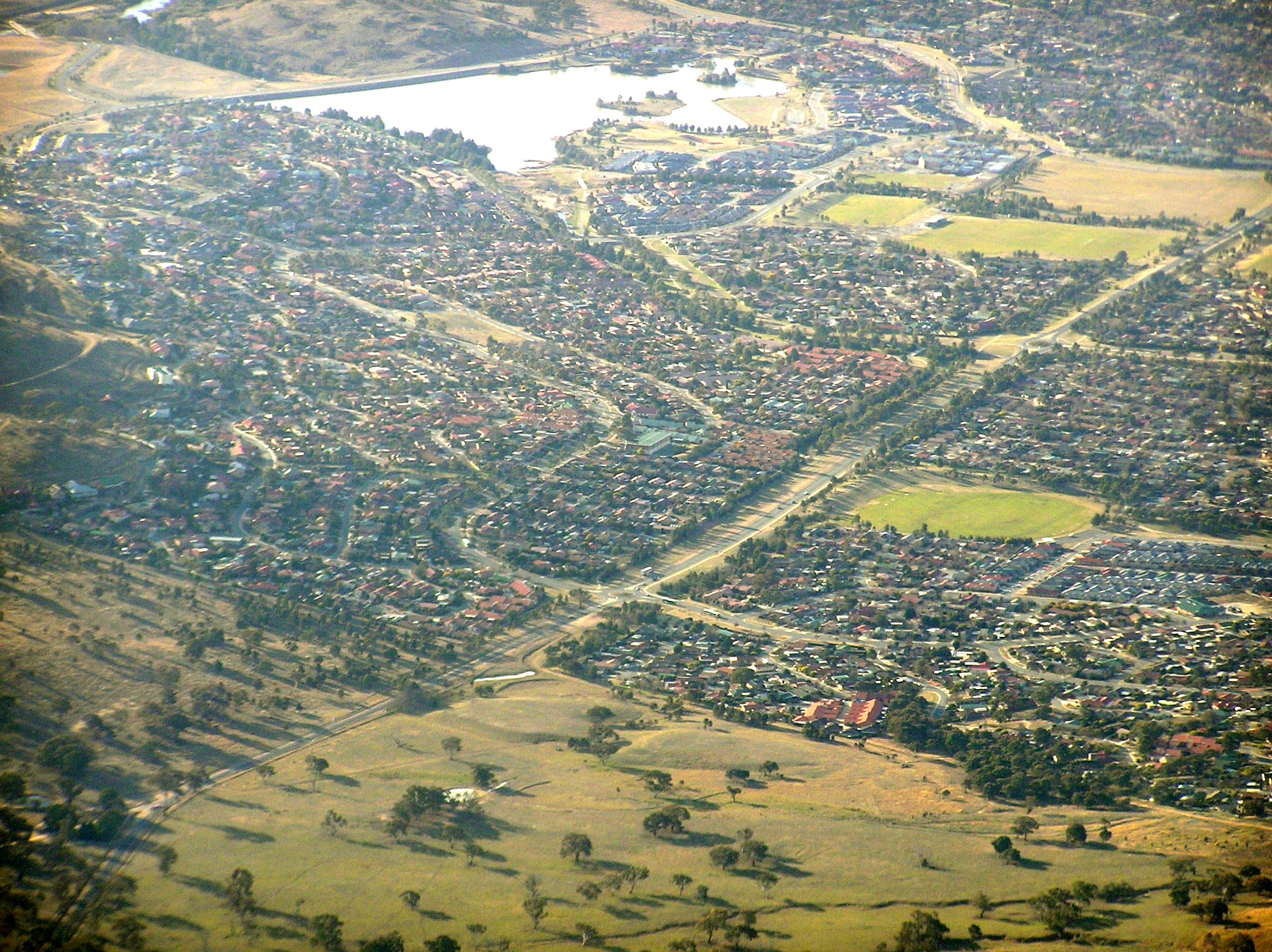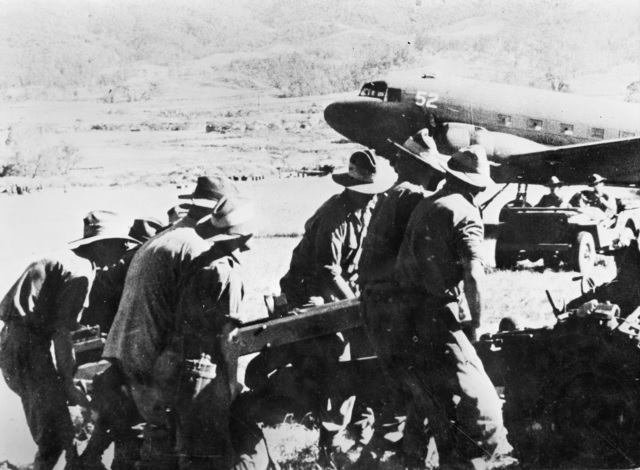|
Jock Sturrock
Alexander Stuart "Jock" Sturrock MBE (14 May 1915 in Melbourne11 July 1997 in Noosa Heads) was a noted Australian yachtsman who won over four hundred international, national, state and club championship yachting races. Sports career Between 1929 and 1959 Jock won 21 Australian and 22 Victorian yachting championships. He won his first Victorian championship, in the 12 ft Cadet Dinghy "Aurcol", in 1929 when he was 14 years old. The first Australian yachting championship he won, in the 12-foot Cadet Dinghy "Monsoon", was in Perth in 1932 when he was 16 years old. At 18 he helped pioneer the introduction of the International Star class yacht into Australia and then won the first 8 Australian championships held for that Star class (between 1935 and 1947). He was also 6-time Australian 6 Metre class champion (1946, 1947, 1953, 1954, 1955 and 1956), 4-time Australian Dragon class champion (1951–52, 1952–53, 1953–54, and 1954–55), and 2-time Australian 5.5 Metre class cha ... [...More Info...] [...Related Items...] OR: [Wikipedia] [Google] [Baidu] |
Sailing (sport)
The sport of sailing involves a variety of competitive sailing formats that are sanctioned through various sailing federations and yacht clubs. Racing disciplines include matches within a fleet of sailing craft, between a pair thereof or among teams. Additionally, there are specialized competitions that include setting speed records. Racing formats include both closed courses and point-to-point contests; they may be in sheltered waters, coast-wise or on the open ocean. Most competitions are held within defined classes or ratings that either entail one type of sailing craft to ensure a contest primarily of skill or rating the sailing craft to create classifications or handicaps. On water, a sailing competition among multiple vessels is a regatta, which usually consists of multiple individual races, where the boat crew that performs best in over the series of races is the overall winner. There is a broad variety of kinds of races and sailboats used for racing from large yacht to ... [...More Info...] [...Related Items...] OR: [Wikipedia] [Google] [Baidu] |
Sydney To Hobart Yacht Race
The Rolex Sydney Hobart Yacht Race is an annual event hosted by the Cruising Yacht Club of Australia, starting in Sydney, New South Wales, on Boxing Day and finishing in Hobart, Tasmania. The race distance is approximately . The race is run in conjunction with the Royal Yacht Club of Tasmania, and is widely considered to be one of the most difficult yacht races in the world. The race was initially planned to be a cruise by Peter Luke and some friends who had formed a club for those who enjoyed cruising as opposed to racing, however when a visiting British Royal Navy Officer, Captain John Illingworth, suggested it be made a race, the event was born. The Sydney to Hobart Yacht Race has grown over the decades, since the inaugural race in 1945, to become one of the top three offshore yacht races in the world, and it now attracts maxi yachts from all around the globe. The 2019 race was the 75th edition. Australia's foremost offshore sailing prize is The George Adams Tattersall C ... [...More Info...] [...Related Items...] OR: [Wikipedia] [Google] [Baidu] |
Altona Meadows
Altona Meadows is a suburb in Melbourne, Victoria, Australia, south-west of Melbourne's Central Business District, located within the City of Hobsons Bay local government area. Altona Meadows recorded a population of 18,479 at the . Located partly within Altona Meadows, Cheetham Wetlands is a large park with numerous boardwalks traversing its network of lagoons. The wetlands attract large numbers of migratory birds, making it popular with walkers and birdwatchers alike. History Altona Meadows Post Office opened on 15 March 1996 as the suburb developed. Population In the , there were 19,160 people in Altona Meadows. 59.2% of people were born in Australia. The next most common countries of birth were India 4.2%, England 2.6%, Malta 2.5%, Vietnam 2.3% and Philippines 2.1%. 59.6% of people only spoke English at home. Other languages spoken at home included Arabic 3.0%, Vietnamese 3.0%, Maltese 2.7%, Greek 2.5% and Italian 2.4%. The most common responses for religion were Catholi ... [...More Info...] [...Related Items...] OR: [Wikipedia] [Google] [Baidu] |
Mill Park
Mill Park is a suburb of Melbourne, Victoria (Australia), Victoria, Australia, 18 km north-east of Melbourne's Melbourne city centre, central business district, located within the City of Whittlesea Local government areas of Victoria, local government area. Mill Park recorded a population of 28,712 at the 2021 Australian census, 2021 census. Mill Park's boundaries are South Morang, Victoria, South Morang and Epping, Victoria, Epping to the north, Plenty, Victoria, Plenty and the Blossom Park and Rivergum estates to the east, Bundoora, Victoria, Bundoora and Thomastown, Victoria, Thomastown to the south and Lalor, Victoria, Lalor to the west. History and development The area is named after the flour mill built by George and Francis Coulstock on the Plenty River in the 1840s. The property was sold to Henry Miller (Australian politician), Henry "Money" Miller (1809-1888). He bred racehorses and conducted a range of dairy and grazing activities, sufficient to occupy 65 persons ... [...More Info...] [...Related Items...] OR: [Wikipedia] [Google] [Baidu] |
Berwick, Victoria
Berwick () is a suburb in Melbourne, Victoria, Australia, south-east of Melbourne's central business district, located within the City of Casey local government area. Berwick recorded a population of 50,298 at the 2021 census. It was named by an early leaseholder Robert Gardiner after his birthplace Berwick-on-Tweed in Northumberland. History The town of Berwick was originally part of the Cardinia Creek run. Subdivision started in 1854 and a store, post office, hotel and other businesses were established. Wheat, barley and potatoes were grown, with a flour mill operating for several years. Dairy farming and cheese making later became the main activities. The Berwick Agricultural Society, originally started in 1848 as the Mornington Farmers' Society, is one of the oldest farmers' societies in Victoria. The area grew with the construction of a coach road between Melbourne and the Gippsland region, the Post Office opening on 18 September 1858. A quarry opened in 185 ... [...More Info...] [...Related Items...] OR: [Wikipedia] [Google] [Baidu] |
Gordon, Australian Capital Territory
Gordon is a suburb in the Canberra, Australia district of Tuggeranong. The postcode is 2906. The suburb is named after the poet Adam Lindsay Gordon (1833–1870). It was gazetted on 12 March 1987. Streets are named after sportspersons, an example is Woodfull Loop, named after the captain of the Australia national cricket team during the Bodyline test series. It is next to the suburbs of Bonython, Conder and Banks. It is located on the west side of Tharwa Drive. Located in the suburb is the Point Hut Pond, with the Point Hut district park. Gordon has a primary school and neighbourhood oval. Geology Quaternary alluvium is found in south and center of Gordon. Deakin Volcanics rhyodacitic crystal tuff from the Silurian The Silurian ( ) is a geologic period and system spanning 24.6 million years from the end of the Ordovician Period, at million years ago ( Mya), to the beginning of the Devonian Period, Mya. The Silurian is the shortest period of the Paleozo ... age is ... [...More Info...] [...Related Items...] OR: [Wikipedia] [Google] [Baidu] |
Black Cat Track
The Black Cat Track or Trail is a rough overland track in Morobe Province, Papua New Guinea. It runs from the village of Salamaua on the coast of the Huon Gulf, south into the mountains to the township of Wau. In the 21st century despite being a difficult journey it became a hiking destination for international trekkers. Name The name is taken from the Black Cat Gold Mine in Wau. It is also known as the Skindawai Track. History Gold Rush The track started out in the 1920s and 30s as a trail for prospectors seeking to get rich on the gold in Wau. They traveled from the port Salamaua on a treacherous 3 to 4-day hike through leech-infested territory, a trail that recently has been described as "suitable only for masochists and Israeli Paratroopers". Before Errol Flynn (who grew up in Australia and New Guinea) became an actor in 1933, he hiked this trail and commented that it was a rigorous march through leech-infested jungle, in constant fear of ambush, and lying awake at night wo ... [...More Info...] [...Related Items...] OR: [Wikipedia] [Google] [Baidu] |
Salamaua–Lae Campaign
The Salamaua–Lae campaign was a series of actions in the New Guinea campaign of World War II. Australian and United States forces sought to capture two major Japanese bases, one in the town of Lae, and another one at Salamaua. The campaign to take the Salamaua and Lae area began after the successful defence of Wau in late January, which was followed up by an Australian advance towards Mubo as the Japanese troops that had attacked Wau withdrew to positions around Mubo. A series of actions followed over the course of several months as the Australian 3rd Division advanced north-east towards Salamaua. After an amphibious landing at Nassau Bay, the Australians were reinforced by a US regimental combat team, which subsequently advanced north up the coast. As the Allies kept up the pressure on the Japanese around Salamaua, in early September they launched an airborne assault on Nadzab, and a seaborne landing near Lae, subsequently taking the town with simultaneous drives from ... [...More Info...] [...Related Items...] OR: [Wikipedia] [Google] [Baidu] |
Battle Of Wau
The Battle of Wau, 29 January – 4 February 1943, was a battle in the New Guinea campaign of World War II. Forces of the Empire of Japan sailed from Rabaul and crossed the Solomon Sea and, despite Allied air attacks, successfully reached Lae, where they disembarked. Japanese troops then advanced overland on Wau, an Australian base that potentially threatened the Japanese positions at Salamaua and Lae. A race developed between the Japanese moving overland, hampered by the terrain, and the Australians, moving by air, hampered by the weather. By the time the Japanese reached the Wau area after a trek over the mountains, the Australian defenders had been greatly reinforced by air. In the battle that followed, despite achieving tactical surprise by approaching from an unexpected direction, the Japanese attackers were unable to capture Wau. Background Geography Wau is a town in New Guinea, in the province of Morobe situated at one end of the Wau-Bulolo Valley. It was the site of a go ... [...More Info...] [...Related Items...] OR: [Wikipedia] [Google] [Baidu] |
New Guinea Force
New Guinea Force was a military command unit for Australian, United States and native troops from the Territories of Papua and New Guinea serving in the New Guinea campaign during World War II. Formed in April 1942, when the Australian First Army was formed from the Australian I Corps after it returned from the Middle East, it was responsible for planning and directing all operations within the territory up until October 1944. General Headquarters Southwest Pacific Area Operational Instruction No.7 of 25 May 1942, issued by Commander-Allied-Forces, General Douglas MacArthur, placed all Australian and US Army, Air Force and Navy Forces in the Port Moresby Area under the control of New Guinea Force. Over the course of its existence, New Guinea Force was commanded by some of the Australian Army The Australian Army is the principal Army, land warfare force of Australia, a part of the Australian Defence Force (ADF) along with the Royal Australian Navy and the Royal Australian Air F ... [...More Info...] [...Related Items...] OR: [Wikipedia] [Google] [Baidu] |
Australian Sailing Hall Of Fame
Australian Sailing Hall of Fame was established in 2017 by Australian Sailing in collaboration with the Australian National Maritime Museum The Australian National Maritime Museum (ANMM) is a Australian government, federally operated maritime museum in Darling Harbour, Sydney. After considering the idea of establishing a maritime museum, the federal government announced that a nation .... There are two nomination categories: the sailor or athlete category; and the general category which recognises those who have played a critical supporting role such as an official, coach or similar. Hall of Fame References {{Reflist External linksAustralian Sailing Hall of Fame Sailing in Australia Australian sports trophies and awards Halls of fame in Australia Awards established in 2017 2017 establishments in Australia ... [...More Info...] [...Related Items...] OR: [Wikipedia] [Google] [Baidu] |
Sport Australia Hall Of Fame
The Sport Australia Hall of Fame was established on 10 December 1985 to recognise the achievements of Australian sportsmen and sportswomen. The inaugural induction included 120 members with Sir Don Bradman as the first inductee and Dawn Fraser the first female inductee. In 1989, the Hall of Fame was expanded to include associate members who have assisted in the development of sport in Australia. In 2012, there were 518 members. Each year the Hall of Fame inducts notable retired athletes, associate members and upgrades one member to 'legend' status. The main award each year is the 'Don' Award but other awards include Team Sport Australia Award, Spirit of Sport Award and Hall of Fame Moments. The National Sports Museum located at the Melbourne Cricket Ground houses the Sport Australia Hall of Fame. The Don Award This award was first awarded in 1998. It is named after Sir Donald Bradman and recognises the sporting achievement of the year which has inspired the people of Austra ... [...More Info...] [...Related Items...] OR: [Wikipedia] [Google] [Baidu] |





